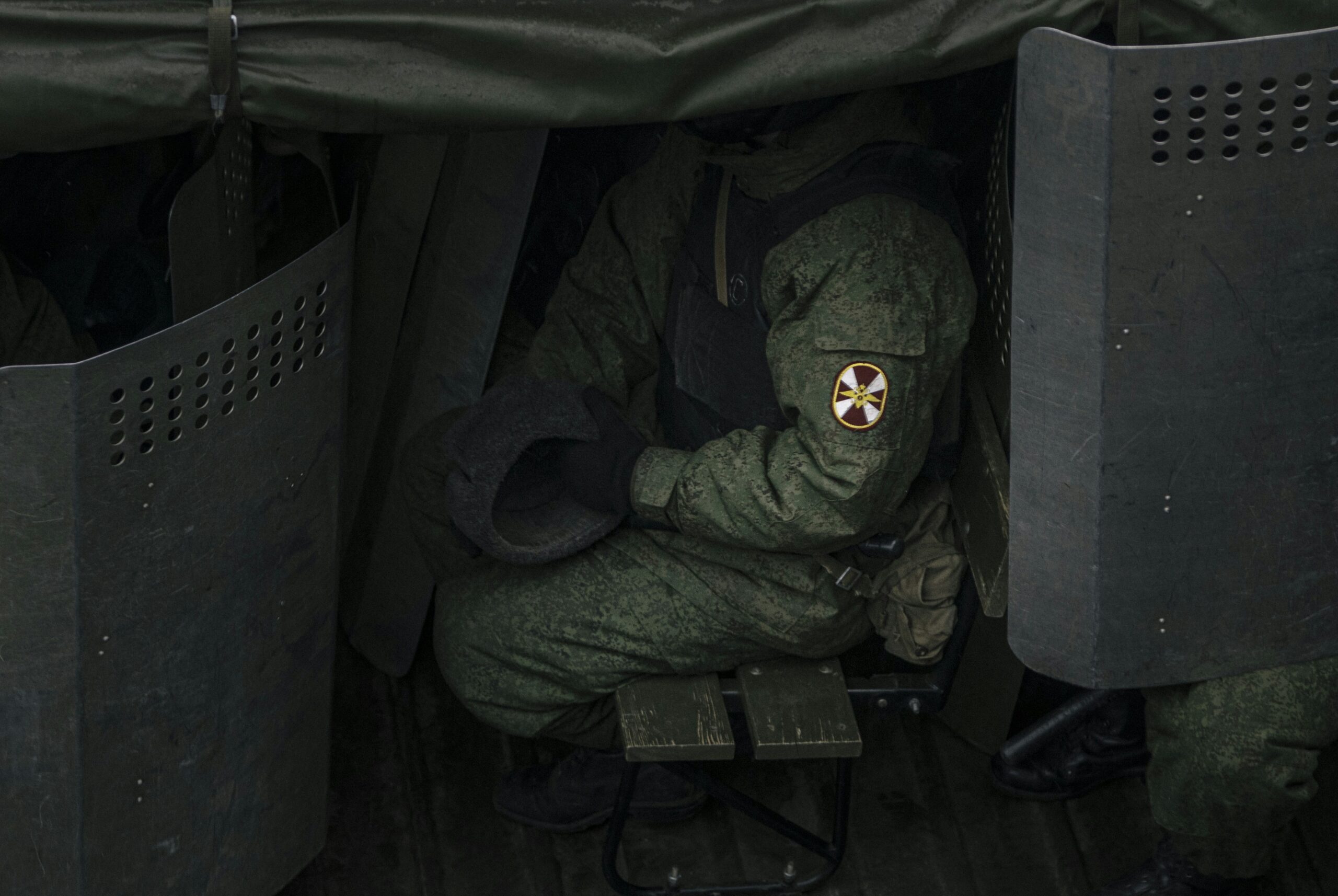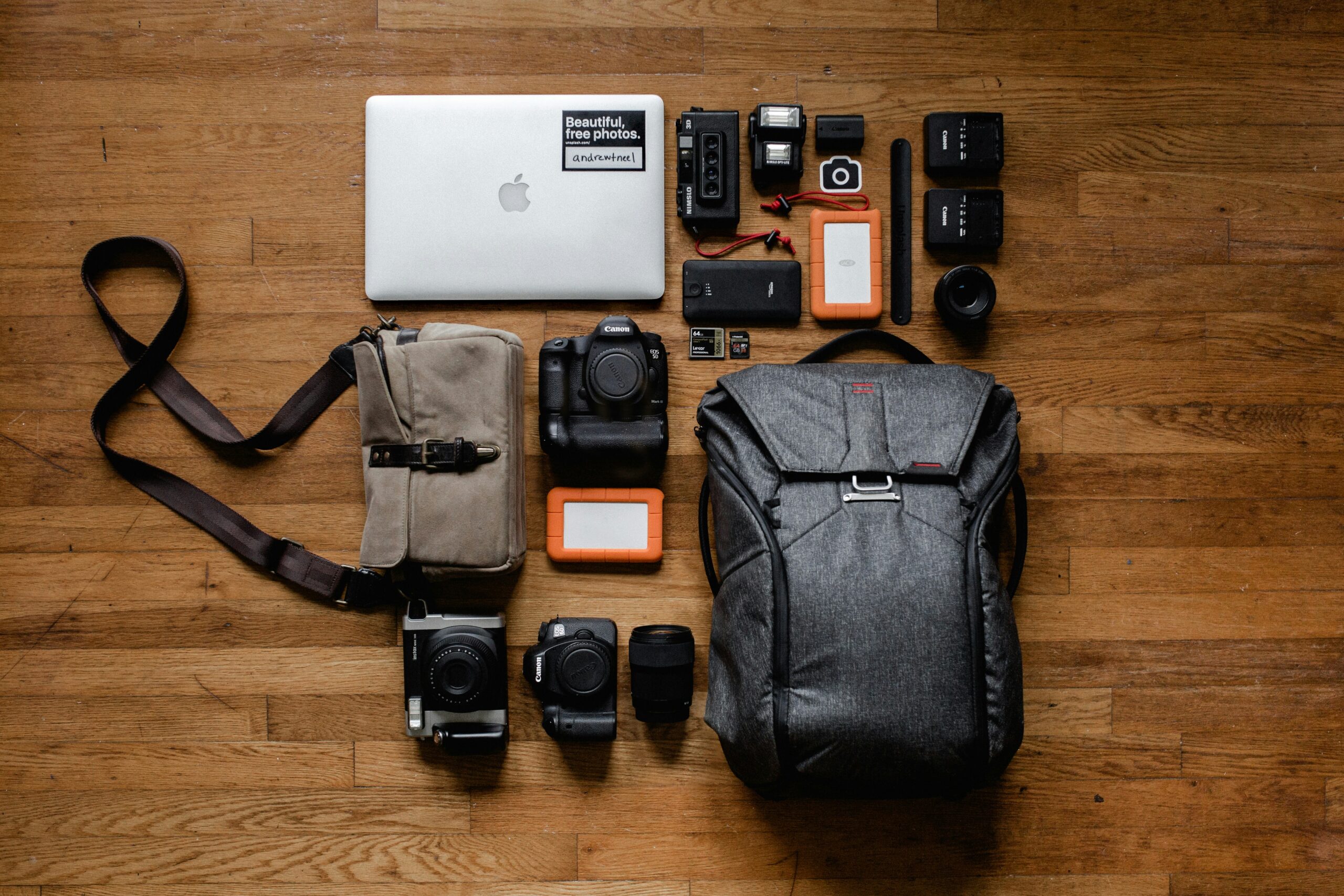In the world of outdoor adventures, choosing the right gear can make all the difference in your comfort and performance. When it comes to camouflage outdoor clothing, the materials used play a crucial role not only in how well you blend into your surroundings but also in how breathable the gear is. This article explores the impact of different materials on the breathability of camouflage gear, helping you make informed choices for your next expedition. Whether you’re hunting, hiking, or engaging in other outdoor activities, understanding how these materials work can ensure you stay cool, dry, and comfortable all day long. Have you ever wondered how the materials used in your camouflage outdoor gear affect its breathability? You’re not alone! Whether you’re hiking, hunting, or engaging in any outdoor activity, the materials in your gear play a crucial role in your overall comfort and performance. Let’s dig into this fascinating topic and uncover the secrets behind various fabrics and designs used in camouflage gear.
Why Breathability Matters in Outdoor Gear
When you are out and about, especially on long treks or hunting expeditions, staying comfortable is key. Breathability directly impacts your comfort levels by regulating temperature and moisture. If your gear doesn’t breathe well, you’ll find yourself drenched in sweat, which can lead to discomfort and even hypothermia in colder weather.
The Concept of Breathability
Breathability refers to how well a fabric allows moisture vapor to pass through it. The better the breathability, the more efficiently the fabric can wick away sweat, keeping you dry and comfortable. Often measured in grams per square meter in 24 hours (g/m²/24h), higher numbers indicate better breathability.
Common Types of Materials Used in Camouflage Gear
The outdoor gear industry employs various materials to achieve the ideal balance between camouflage effectiveness and breathability. Let’s look at some of the most popular materials you’ll come across:
1. Cotton
Advantages:
- Breathable
- Comfortable
- Natural feel
Disadvantages:
- Absorbs moisture
- Takes longer to dry
2. Polyester
Advantages:
- Lightweight
- Quick-drying
- Durable
Disadvantages:
- Less breathable than natural fibers
- Can retain odors
3. Nylon
Advantages:
- Water-resistant
- Durable
- Quick-drying
Disadvantages:
- Less breathable
- Can stick to the skin when wet
4. Wool
Advantages:
- Insulating
- Natural breathability
- Odor-resistant
Disadvantages:
- Heavier
- Takes longer to dry
5. Gore-Tex
Advantages:
- Waterproof
- Windproof
- Breathable membrane
Disadvantages:
- Expensive
- Requires maintenance (reapplication of durable water repellent coatings)

Factors Influencing Breathability
Several factors can influence how breathable your camouflage gear is. These factors range from the material itself to the way the garment is constructed.
Fabric Weave
The weave of a fabric dictates its structure. Tight weaves tend to be less breathable but more water-resistant. On the other hand, loose weaves offer more breathability but may compromise on water resistance.
Moisture-Wicking Properties
Moisture-wicking properties are essential in breathable outdoor fabrics. This refers to the fabric’s ability to draw moisture away from the skin to the outer surface, where it can evaporate.
Layering Systems
Layering is fundamental in outdoor activities. Base layers, insulating layers, and outer layers each serve distinct purposes. Choosing the right combination will impact the breathability and overall effectiveness of your gear.
Ventilation
Some garments include built-in ventilation features such as mesh liners, zippered vents, or underarm vents to improve airflow and breathability.
Membrane Technology
Materials like Gore-Tex incorporate advanced membrane technology to maximize breathability while providing water and wind resistance. These membranes contain tiny pores that are small enough to block water but large enough to allow vapor to escape.
Pros and Cons of Popular Camouflage Gear Materials
To better understand what each type of material offers, let’s summarize their pros and cons in a table.
| Material | Pros | Cons |
|---|---|---|
| Cotton | Breathable, Comfortable, Natural feel | Absorbs moisture, Takes longer to dry |
| Polyester | Lightweight, Quick-drying, Durable | Less breathable, Can retain odors |
| Nylon | Water-resistant, Durable, Quick-drying | Less breathable, Can stick to skin |
| Wool | Insulating, Natural breathability, Odor-resistant | Heavier, Takes longer to dry |
| Gore-Tex | Waterproof, Windproof, Breathable membrane | Expensive, Requires maintenance |

Tips for Choosing Breathable Camouflage Gear
Choosing the right camouflage gear doesn’t have to be overwhelming. Here are some tips to keep in mind to make an informed decision.
Assess Your Specific Needs
Different activities require different levels of breathability. A high-intensity activity like running or hiking will demand better breathability compared to a low-intensity activity like bird watching.
Consider the Climate
Your location and the season will also be vital factors. Hot and humid conditions emphasize the need for breathable fabrics, while in cold and wet conditions, breathability needs to be balanced with insulation and water resistance.
Layer Wisely
Use a moisture-wicking base layer to keep sweat away from your skin. Add insulating layers for warmth and a breathable yet water-resistant outer shell to protect against the elements.
Look for Quality Brands
Reputable brands often invest in better materials and technologies, enhancing both the breathability and overall functionality of the gear.
Check for Ventilation Features
Additional ventilation options like zipped vents or mesh panels can significantly boost the breathability of your gear.
Specialized Materials and Technologies
Let’s delve deeper into some specialized materials and innovative technologies that have revolutionized the world of camouflage outdoor gear.
Polartec
Polartec fabrics are known for their excellent breathability, moisture-wicking capability, and thermal insulation. They are commonly used for fleece jackets and other insulating layers.
Advantages:
- Lightweight
- Durable
- High moisture-wicking ability
Pertex
Pertex fabrics are designed for high-performance activities. They are lightweight, weather-resistant, and provide excellent breathability. Commonly used in outer layers, Pertex combines the best of several materials to offer superior performance.
Advantages:
- Lightweight
- Water-resistant
- High breathability
eVent
eVent fabrics specialize in providing high breathability without sacrificing waterproof capabilities. Their Direct Venting™ technology sets them apart by allowing sweat to escape faster than conventional waterproof-breathable fabrics.
Advantages:
- High breathability
- Waterproof
- Quick-drying

Best Practices for Maintaining Breathability
Once you invest in high-quality breathable camouflage gear, maintaining its functionality is crucial. Here are some tips to keep your gear in top-notch condition.
Cleaning
Follow the manufacturer’s washing instructions carefully. Use mild detergents and avoid fabric softeners, which can clog the pores in breathable fabrics.
Reapplication of Coatings
For gear with DWR (durable water repellent) coatings, periodic reapplications are necessary. Products like Gore-Tex require maintenance to retain their breathability and water-resistant properties.
Storage
Store your gear in a cool, dry place. Avoid storing damp items as this can compromise the fabric’s integrity and breathability.
Repairs
Address any small tears or damages immediately to prevent them from worsening. Use appropriate repair kits designed for your gear’s specific material.
Breathability Testing Methods
Understanding how breathability is tested can also offer insight into what makes one fabric preferable over another.
MVTR (Moisture Vapor Transmission Rate)
MVTR measures the amount of moisture vapor that can pass through a fabric over 24 hours. It’s one of the most common methods used to gauge breathability.
RET (Resistance to Evaporative Heat Transfer)
RET measures how resistant a fabric is to moisture transfer. Lower RET values indicate higher breathability.
In-House Testing
Many reputable brands perform their in-house tests using specialized equipment to simulate real-world conditions. These tests are often more rigorous and tailored to outdoor activities.
Real-World Reviews and Recommendations
Listening to real-world experiences can be incredibly helpful when making your decision.
Customer Reviews
Go through customer reviews and feedback to understand how a piece of gear performs in actual conditions. Often, reviews will highlight strengths and weaknesses that aren’t evident from the product description alone.
Expert Recommendations
Consider reading expert reviews and recommendations from credible sources. These reviews often include in-depth analysis and comparisons based on rigorous testing.
Conclusion: Achieving the Perfect Balance
Finding the perfect camouflage outdoor gear involves balancing several factors, from breathability and moisture-wicking properties to durability and camouflage effectiveness. Your specific needs, climate conditions, and the nature of your outdoor activities will all play a role in determining what materials and features are best for you.
So, the next time you gear up for an outdoor adventure, you’ll have a better understanding of how the materials in your camouflage gear affect its breathability. Happy exploring!
Feel free to share this article with your fellow outdoor enthusiasts or anyone who might benefit from a deeper understanding of how the materials in camouflage outdoor gear impact breathability. Your comfort and performance in the great outdoors rely heavily on these often-overlooked details!

